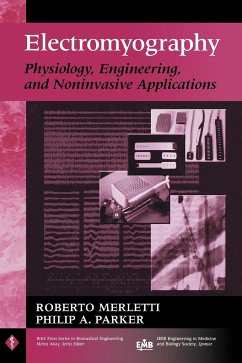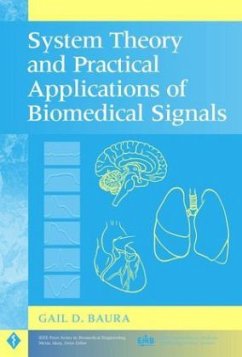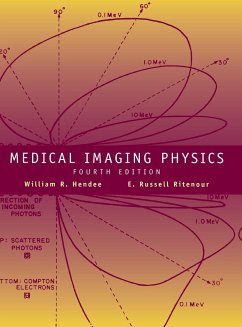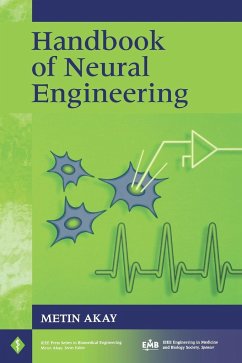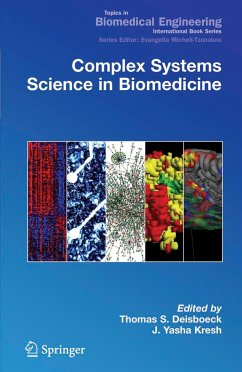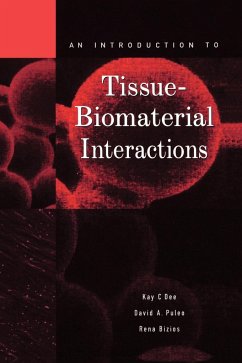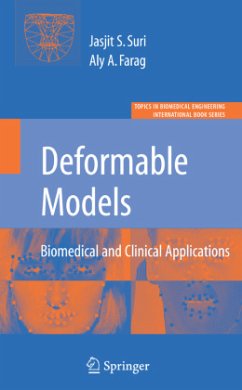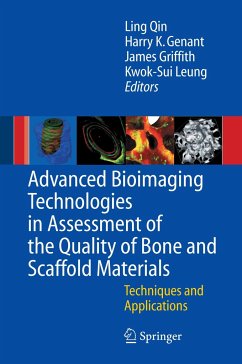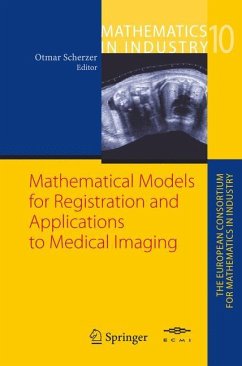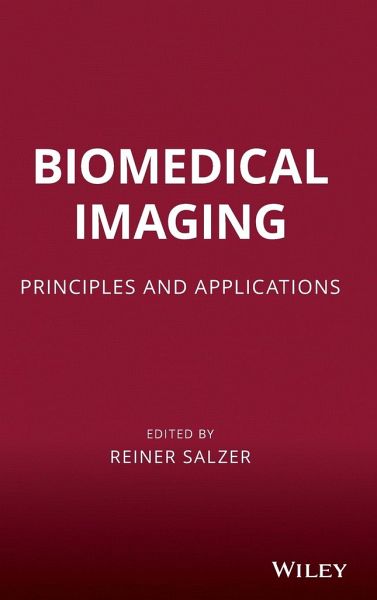
Biomedical Imaging
Principles and Applications
Ed. by Reiner Salzer
Versandkostenfrei!
Versandfertig in über 4 Wochen
138,99 €
inkl. MwSt.
Weitere Ausgaben:

PAYBACK Punkte
69 °P sammeln!
This book presents and describes imaging technologies that can be used to study chemical processes and structural interactions in dynamic systems, principally in biomedical systems. The imaging technologies, largely biomedical imaging technologies such as MRT, Fluorescence mapping, raman mapping, nanoESCA, and CARS microscopy, have been selected according to their application range and to the chemical information content of their data. These technologies allow for the analysis and evaluation of delicate biological samples, which must not be disturbed during the profess. Ultimately, this may mean fewer animal lab tests and clinical trials.




